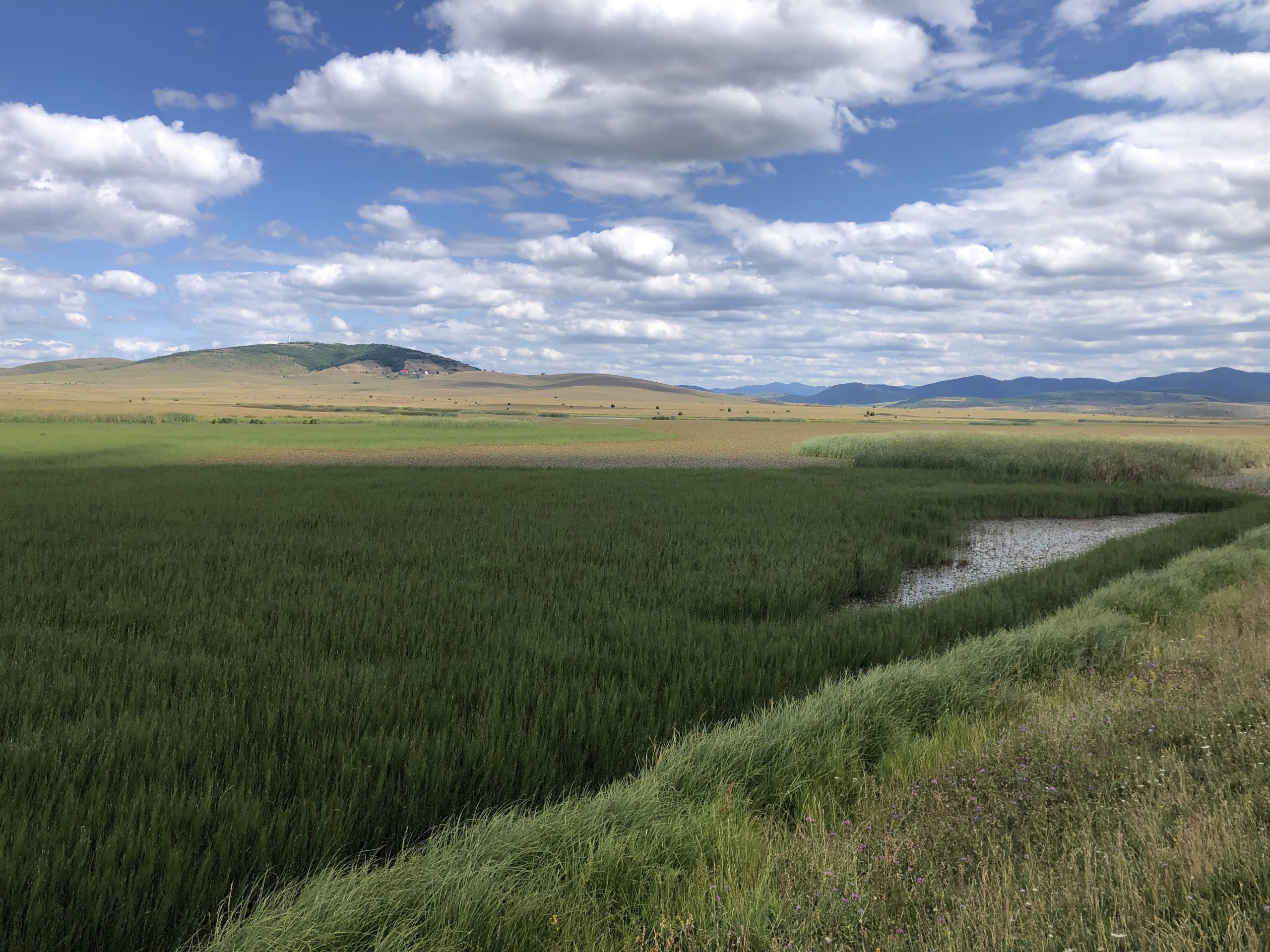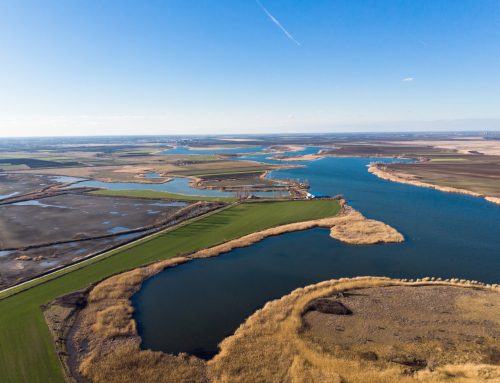Peatlands are a special type of wetland rich in peat—an organic substance that has accumulated over centuries and develops in humid, acidic conditions with little available oxygen, creating particularly favourable conditions for many animal and plant species. For this reason, peatland ecosystems have a very unique flora and fauna and are home to many special species that cannot survive in other habitats, such as dragonflies. In addition, peatlands are a natural carbon and water reservoir and an important regulator of water flows. However, peatlands are under serious threat and their disappearance will disrupt the natural balance, accelerate climate change and increase the risk of flooding.
Although the peatlands in Serbia are only about 11,000 hectares in size (less than 0.1 % of the country’s surface area), they store considerable amounts of carbon dioxide. It is estimated that peatlands store about 75% of the world’s total atmospheric carbon. This is twice as much as all the world’s forests combined, even though peatlands cover only 3% of the Earth’s surface, whereas forests make up 31%. In other words, despite taking up so little space, the role of peatlands in storing carbon is disproportionately large and crucial to our fight against climate change.
According to Predrag Lazarević, a renowned biologist and botanist from the Faculty of Biology at the University of Belgrade, peatlands in Serbia have been under threat for decades due to intensive agriculture, urbanisation, diversion of water flows and climate change.
Worldwide, it is estimated that the conversion of wetlands and peatlands into agricultural land and forests accounts for about 80% of the total human-induced degradation of peatlands.
“Agricultural activities mean, among other things, the use of water resources, waste disposal, the use of pesticides, fertilisers and other chemicals, which has a negative impact on these wetlands,” says Lazarević.
Due to agriculture and urbanisation, the Bačka floodplains in Serbia have shrunk from 30 % to just 3 % since the 18th century, whereas over 90% of the wetlands along the Tisa river have been lost.
The human activity has also changed the Pešter field, which is still the largest remaining complex of mountainous wetlands, i.e. peatlands, in our country.
“In addition to the numerous negative human impacts on the natural hydrological characteristics of this area, such as the diversion of water sources, the displacement of water from its natural water flows, the construction of a system of dams and drainage canals and the exploitation of peat, we have recently noticed another trend—prolonged periods of drought in summer and lower volumes of water reaching the Pešter field area,” explains Lazarević.
This degradation of the ecosystem is remedied by restoring the natural water regime, protecting habitats and managing resources sustainably. Key steps include the removal or adaptation of drainage systems to allow the natural flow of water, the establishment of protected areas and the control of illegal activities that harm the peatlands. Regular monitoring of soil quality, groundwater levels and biodiversity helps to identify the problems and make science-based decisions to preserve these unique areas.
“In order to preserve the peatlands, a cadastre with data on their distribution and characteristics must be created, the legal framework improved and its consistent implementation ensured. The most important steps in protecting these valuable ecosystems are education, raising awareness of their importance and involving local communities,” says Lazarević.
One of the specific activities to revitalise the peatlands in Serbia is to involve stakeholders to propose nature-based innovative solutions.
With the support of the government of Sweden, as part of the project EU for the Green Agenda in Serbia, UNDP has launched a public call for innovative wetland conservation projects. Protected area managers, local communities and other stakeholders are invited to engage in peatland conservation by proposing ideas for the protection of wetlands for which they are responsible, as well as ideas for revitalising the threatened and degraded wetlands in their area. The authors of the best proposals will receive mentorship and financial support.
Dragonflies – part of the unique fauna of wetlands and environmental indicators
Dragonflies (insects of the order Odonata) are largely dependent on wetlands such as swamps, ponds, rivers and lakes for their survival. These ecosystems are crucial for their reproduction and feeding, as dragonflies lay their eggs in water, where the larvae develop through several stages before becoming adult insects. Wetlands provide them with the necessary conditions for growth, including clean water, rich vegetation and access to prey such as smaller insects.
In Serbia, dragonflies play an important role in maintaining biodiversity and the health of ecosystems. They help control insect populations and serve as an indicator of water quality, as their presence or absence indicates the environmental status of a particular aquatic habitat. They are therefore crucial for the planning and implementation of measures to protect and conserve natural resources.
This text was produced as part of the campaign for the conservation of wetlands in Serbia “It’s not just a pond”, implemented with the financial support of Sweden, represented by the Swedish International Development Cooperation Agency (Sida), within the “EU for Green Agenda in Serbia” project. This project is implemented with the technical and financial support of the European Union and in partnership with the Ministry of Environmental Protection by the United Nations Development Programme (UNDP), in cooperation with Sweden and the European Investment Bank (EIB), with additional funding provided by the governments of Sweden, Switzerland and Serbia.



